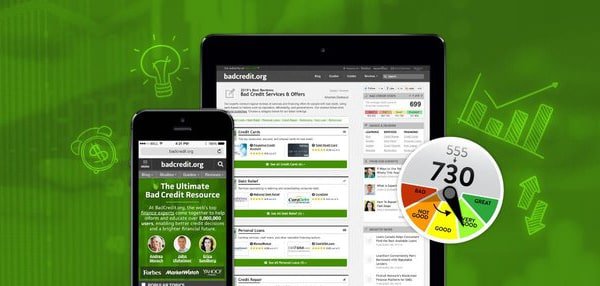The Forgotten Market: Providing Loans to Non-Prime and Underserved Borrowers
Not everyone can walk into the local bank and walk out with a loan. In times past, that left people who needed financing and were capable of repaying the balances with few alternatives. In recent years, some non-traditional lenders have stepped up and offered options to these borrowers who would otherwise be forgotten.

Why has this been important in the past and why does it matter in the future? Kevin Silver, Chief Risk Officer for Magical Credit, recently sat down with Matt Walker for a chat that’s now posted on the well-known financial site BadCredit.org. If you happen to fit into the non-prime and underserved category, here are some highlights that will be of interest.
Traditional Evaluation Methods Don’t Tell the Entire Story
A quick look at income level and credit scores often determines if a traditional lender will consider an application at all. For those with lower scores and possibly lower income, that leads to an immediate rejection. It doesn’t have to be that way.
Non-traditional lenders have a different approach. It may include checking credit reports and it usually requires verifying income (possibly from more sources than most traditional lenders consider). The thing is that the process doesn’t stop there.
For those willing to do so, there will be other questions to ask. How’s the applicant doing in terms of managing finances today? What does the most recent bank account activity indicate? What’s different about today versus the era when those credit scores began to fall?
Those are the types of discussions non-traditional lenders have with applicants. The answers often indicate that approving the applications are worth the risk.
Keeping the Application Process Straightforward
By the time someone has been to a traditional lending source or two, they’re likely to feel a bit let down. The seemingly endless red tape leaves them worn out and wary of going through the same thing again. Non-traditional lenders offering options to underserved borrowers understand that. For this reason, they make the application process as transparent and straightforward as possible.
There are typically no difficult terms to figure out, and the application is structured so there’s no doubt about what information is needed. It can be a breath of fresh air for anyone who’s jumped through multiple hoops only to have their applications rejected.
No Waiting and Wondering
The wait after submitting a loan application can be nerve-wracking. Some traditional institutions take considerable time before providing a response. In the meantime, the applicant is left in limbo. Does the wait mean the institution is looking for ways to approve the loan or does it mean something has hit a snag? There’s no way to tell.
Non-traditional lenders tend to place a premium on communication. They acknowledge applications quickly and seek to review and provide answers without any delays. If additional documentation or information is needed, the applicant is contacted at once. All in all, it may take no more than a couple of business days to provide a decision.
Discussing Financing Options
Here’s another aspect that can be helpful for underserved borrowers – the potential to compare more than one loan type without the need to submit multiple applications. There are alternative lenders who will take a single application and see how it fits in with the qualifications for several different loan offerings. If one isn’t a great fit, maybe there’s one or two more that are good possibilities.
At this juncture, the representative contacts the applicant and goes over all the options. Instead of wondering if approval is even possible, the borrower gets to consider one or ways to structure the financing.
And Viewing the Borrower as the Collateral
Traditional lenders sometimes approve loans is the applicant can pledge qualified assets to serve as collateral. The idea is that pledging the assets protects the lender in the event of a loan default. Should the debtor fail to repay, the lender seizes the assets and sells them to pay off the loan balance.
Non-traditional lenders tend to think of the borrower as being his or her own collateral. It’s the effort demonstrated by bank account activity, access to steady income, and other key factors that make the difference. The odds of being approved without having to pledge a tangible asset are much higher, even with lower credit scores.
Aiding Borrowers in Rebuilding Damaged Credit Scores
There’s a myth that non-traditional lenders don’t report activity to the major credit bureaus. That may be true for some, but it doesn’t apply to all. For example, seeking and being approved for a loan through Magical Credit does mean repayment activity that’s reported to the two major credit bureaus. That helps non-prime borrowers with lower credit scores to gradually rebuild them.
The bottom line is that people who have experienced some credit setbacks but have the resources to honour a loan agreement deserve the opportunity to receive funding. While traditional lenders may balk, resources like Magical Credit exist to provide support to this underserved market. With a business model that’s different from the bank down the street, one that’s more focused on where the applicant is today, non-prime borrowers no longer have to wonder where to turn.
Original source: https://www.badcredit.org/news/magical-credit-provides-loans-for-underserved-borrowers/




